SummaryAirport Security ***** Reception of locals ****
The draw of the Big AppleI've written a lot of articles on New York, after all, I lived there and spent a lot of time getting to know the city. But on a recent trip back to the city, I realised that I've never spent the time bringing all my thoughts together and giving New York a rating. Leaving London after 7 years of living there, I bought all my articles together, and while I didn't spend as much time in New York, it only feels right to do the same thing here. Here's a list of articles I've written on New York City during my time there (you can click the links the read the full articles): First impressions of New York 10 things I've learned about New York Vaisakhi in NYC My experience of 4th of July in New York Living in the Financial District Top pizza places in New York One thing to do in every Manhattan neighbourhood My 10 favourite New York skyscrapers My 10 favourite New York City museums My experience of American sports Some of these articles are pretty dated, the city moves on and changes, but it gives you an idea of how much there is to see and do. I spent the majority of time on the southern tip of Manhattan, after all, I lived and worked close to the financial district, but during that time I explored all five boroughs, as well as every neighbourhood in Manhattan. What drew me to New York? The same thing that gets most people. Growing up watching so many TV programmes set in New York, hearing music from New York based artists, and wearing (or aspiring to wear) the same fashion you'd see in New York. For me New York was everything I thought it would be and so much more. Much like I imagined, the city has an incredible energy - an energy that was perfectly matched to my 20s. It has neighbourhoods that feel distinct and uniquely different from each other. The city is constantly evolving with new things to see and do. Seasons feel like actual seasons, from snow storms in the winter, to blistering heat during the summer. The people aren't all as rude as stereotypes will have you believe, and they seem to mix very well. But, like any major city it also has its problems. Much like any large global city, it's prohibitively expensive and works best for the privileged few that have the money to enjoy all the city has to offer. It also means there is a pretty big homeless problem, while the lack of universal healthcare means you're never more than a few minutes walk from someone with mental health problems shouting at themselves or others. There isn't much history, and certainly very little older than a few hundred years. The city itself looks dated, with creaking infrastructure, poor public transportation and dirty streets. I guess some of this is what makes New York, New York and that's not a bad thing. Living in New YorkI lived in the financial district during my time in New York and I was pretty lucky because my work paid for my apartment during my time there. For them, it was important that I could quickly commute into work without any hassle and I jumped at the opportunity. The financial district is one of the most interesting parts of New York. Unlike the numbered roads north of the Houston Street and grid system north of Civic Center, the heart of the financial district has a more European feel with narrow winding passageways - although the big difference is that the nearby skyscrapers leave the streets below in almost constant darkness. But the financial district is also quiet outside of working hours, in fact during the evenings and weekends, most places are shut and it feels like a bit of a ghost town, not too dissimilar from the Square Mile in London. If I had another chance to live in New York and money was no object, I'd probably live in Greenwich Village. To me, it feels like the beating heart of New York. The area is full of interesting shops and restaurants, the streets are lively and energetic, and the food scene is incredible. The truth is, most of us are constrained by money, and the possibility of living in Manhattan isn't realistic. My favourite areas outside of Manhattan have also become more expensive. Both Williamsburg and Dumbo (in Brooklyn) are great places to live, but their gentrification has made them unaffordable for most. For many of us, areas further out are more affordable and can also be quite interesting, although they can also get quite sketchy too. If I could go back, Richmond Hill would be a place I'd like to live. There is a large Sikh and Panjabi community, with several Gurdwaras, a lot of Panjabi restaurants, a relatively low crime rate (for New York) and commuting into Manhattan takes less than an hour using the metro. Typically, my days would be a short 10 minute walk into work (which remains my shortest and favourite commute ever). I made a lot of friends in the office that I still speak to regularly years later, and they would usually take me to new and interesting places for lunch or dinner after work. It really shut down the stereotype of New Yorkers being rude or arrogant. Almost all my closest friends there are New Yorkers from childhood and I found them to be very warm and welcoming. During the weekends I'd use phone applications to meet new people and visit shared interests like museums, restaurants or just walking the streets of different parts of New York City - across all five boroughs. I made a commitment to visit one famous landmark each week, and during my time there I visited all the key attractions that were open at that point across the five boroughs and beyond. Every so often family or friends would visit me from the UK and we would see new and interesting things. My mom is a farm hand, and I was particularly happy to share an experience of a day in Brooklyn Botanical Gardens with her. Neighbourhoods of New YorkThe truth is, the rest of the city is a mix between the rich and the lucky. Rent for even small box rooms is extortionate and for Manhattan is the equivalent of London's zone 1, meaning it is almost impossible to live if you're a normal person. It's a shame. A city gets its character from the different groups of people that inhabit it. Little Italy was special because when Italians got off the boats in Lower Manhattan, they settled in the area and worked together as a community to uplift themselves. The same can be said about the Chinese, Irish, Koreans and others that all have areas named after them, Today, immigrants can't afford to live in Manhattan. Little Italy is no longer the place to experience authentic Italian food (Arthur Avenue in the Bronx is much better), nor is Chinatown the best place for Chinese food (you're better off going to Flushing in Queens). When I was there, I experienced considerable anti-Manhattan sentiment, new friends and colleagues would tell me how it has just become a copy + paste of other global cities and isn't the pure New York experience, and only after spending time in neighbouring boroughs did I understand what they meant. Perhaps I should have picked up on it sooner, because you can say the same about London too. There are elements of Manhattan that I dislike. I really hated going through the Midtown area, especially around Times Square and Penn Station. It's like the Leicester Square of New York, crowded, cramped, overprices, plastic - everything I dislike about global cities. That being said, seeing the lights of Times Square once is important, but when you've seen it once you'll not want to return again. That being said, places like TriBeCa, Greenwich Village and East Village were all areas that I enjoyed, and they all feel very different from each other. The East Village is a little like Shoreditch - once home to artists, it today retains a facade of counterculture while pricing out the very people it promotes. Greenwich Village is full of young people sitting outside bars and restaurants. The energy here is incredible, and the sheer array of options of things to do makes it an incredible place to be. You're never more than one corner away from something special, whether its a new pizza place, an area to relax and watch the world go by, a bookstore to get lost in, or a pop up museum. It borders West Village on one side (home to the 'Friends' apartment which is strange to see in real life) and SoHo on the other (home to pretentious fashion brands and aspiring models). TriBeCa is where a lot of the celebrities reside, and its not difficult to see why. The old warehouse district has large open buildings that lend themselves well to being converted into huge apartments. The area is slightly more quieter than the others that I've mentioned, but is home to some of the highest rated bars and restaurants in the entire city, and is well connected to the rest of Manhattan as well as neighbouring New Jersey. It's also a very nice place to walk through, and borders nearby Battery Park which provides excellent views of the river. While those are my favourite areas, I met a colleague who lived in the Upper West Side and I spent a fair bit of time there. The demographic here is older and largely more established professionals and families. It's probably why the area is so beautiful and full of highly rated bakeries and cafes. With Central Park and the Hudson River on your doorstep, as well as several world class museums, I could see why people would want to live here if they could afford it. On the other side of Central Park is the even more affluent, but slightly less lively, Upper East Side. This basically feels like where the old money is. It's quieter but feels like the New York you see in sitcoms with a slightly more residential feel. It's also home to several world class museums and again, you're very close to Central Park. You can read about my experiences of the different areas of Manhattan here. Across the East River are two areas I really enjoyed in Brooklyn, Williamsburg, and Dumbo which is slightly further south. I'm told that as the artists and poets were priced out of Manhattan and the East Village, they began moving across the river to Williamsburg and it very much has the strong, independent, bohemian vibe, although it too is now prohibitively expensive with younger people moving deeper into Brooklyn. That being said, wall paintings and murals in this part of the city are as good as any others anywhere in the world. I met colleagues who have since become good friends that live in Dumbo. Both moved to Dumbo over 10 years ago when it was still an area on the periphery of Manhattan with little going on. It has now become a vibrant alternative Greenwich Village, with young professionals, high quality restaurants and high -end hotels now located in the area providing great views over Manhattan. It really is one of my favourite places in New York and well worth a visit. Dumbo is also home to two of my five favourite pizza places (which you can read about here), and although I'm not a 'foodie', I did appreciate the breadth of options in New York. Italian and Chinese food in the city is particularly good, although in both cases, the best restaurants are outside of Manhattan. There is a strong argument for Brooklyn being the best borough. The deeper you go into Brooklyn, the more you see an older New York that has been lost in Manhattan. Little gems of cafes, restaurants and even libraries are found in largely residential neighbourhoods. Famous murals dot different parts of the borough - my favourite is the Biggie Small "King of NY" mural in Bed-Stuy, while restaurants are cheaper and the food is better. I also really enjoyed Queens, it's the largest borough which means there is a lot to do. It also means there is a large disparity between different neighbourhoods. I spent a fair bit of time in Astoria as I really enjoyed the views from the park, and the relatively laid back atmosphere of the area. Further east I spent a bit of time in Flushing and Richmond Hill. There is a whole bunch to do in the former - it's the home of the city's largest chinatown with incredible food, and it also hosts the Corona Park. home to two World's Fairs in the 20th century and still home to units-here sculpture. The latter has less to do but it has a lot of Gurdwaras and Panjabi food so it was always a nice place to visit when I missed the Midlands. Architecture and museumsThe weird thing about New York is that it looks exactly like you'd imagine if all you have seen are films and sitcoms from the 1980s and 90s. It looks a little like a city stuck in the past, and that's not necessarily a bad thing. Parts of the city do look dated, but that's kind of what you want to see. If there is one thing that New York is famous for, it's the skyscrapers. Most of the city's skyscrapers are located in two areas: midtown and the financial district. The former is home to the Empire State Building and the Chrysler Building (my favourite), while the latter is home to the beautiful Woolworth Building, the Art Deco 70 Pine Street, and the modern World Trade Centre. You can read about my favourite New York skyscrapers here. While skyscrapers dominate the skyline, New York has beautiful townhouses that you can find across the city, particularly in areas like the Lower East Side which has those incredible tenement buildings that New York is famous for. Elsewhere, Grand Central is one of the most spectacular train stations anywhere in the world, built in a Beaux-Arts style, while the Guggenheim Museum is a building that demands attention. Everywhere you look, there is interesting architecture. Perhaps the only drawback is that the architecture dates back a couple hundred years, and so misses out on authentic gothic or baroque architecture that is popular in the European continent. Museums are incredible in New York, but the big problem is that unlike the UK and even Washington DC, most museums in NYC have entry fees, and some of them are very expensive. There are some uniquely New York museums that I enjoyed including the Skyscraper Museum, Ellis Island Immigration Museum and the 9/11 Museum and Memorial. Of these, the latter was particularly moving and the museum experience is very well put together to tell the story of New York's darkest day. Personally, my favourite museum is the Metropolitan Museum of Art, the second most visited art gallery in the world, and best of all, it only asks for suggested donations. While its collection is impressive, it's the architecture of the 150 year old museum itself that made it stand out for me. It also gets bonus points for a fantastic rooftop view of Manhattan. You can read about my favourite New York museums here. Sports and green spacesNew York might not have the same quantity of green spaces as other large global cities, but it makes up for it in quality. Central Park is probably the most famous and although it is much smaller than some of the large parks in the Bronx, it's the most visited urban park in the United States. You can get fantastic views of the park from the Rockefeller Centre, it appears as an emerald green rectangle surrounded by a sea of concrete. Inside, the park has lakes, carousels and even a zoo. Entertainers dot different areas of the park, while on dry days there is almost always a game of baseball going on. Walking through the middle of the park, but seeing skyscrapers in the distance, surrounding the perimeter, feels almost surreal. Bryant Park and The High Line are two other green spaces worth visiting. I spent a lot of time in the latter, visiting with different groups of friends as its an ingenious way of recovering green area in a city that is notorious for a lack of space. Built on a disused railway line, The High Line is now one of the the city's most famous attractions and one I recommend visiting. Talking about famous attractions, when it comes to sports, Madison Square Garden is one of the best known arenas in the world, and I visited it to watch an NBA basketball game. The building itself is pretty run down and feels like it belongs in the 1980s, but it's the history behind the building and the incredible events it has held over the years that makes it what it is. I went to the Barclays Centre twice, once to watch the New York Islanders NHL ice hockey game, and the second time to watch a taping of WWE Raw. The building is modern, clean and a great venue for hosting sports. While American sports lack the atmosphere of their British counterparts, ice hockey was fun to watch. My favourite stadium, by far, is the Yankee Stadium, a baseball stadium that is home to the New York Yankees. While the other arenas were pretty forgettable, the Yankee Stadium is a 54,000 seater institution that has one thing that most US sports stadiums lack - a storied history. I liked everything about the stadium, and to me it's on par with many football stadiums in Europe that I've visited in terms of how memorable it is. Speaking about football, I visited the Metlife (American) football stadium. Even though it is technically located in New Jersey, it is home to the New York Giants. The stadium has a capacity of over 80,000 and is an absolute behemoth - a spectacular sight - although it lacks the character of the Yankee Stadium. You can read about my experiences watching those American sports here. Getting aroundOne area where New York really falls down is public transportation. The bus network is poor and patchy, while the metro is outdated, dirty and rarely punctual. It was only during my most recent trip that the metro network finally went contactless, several years after most underground networks in other major cities had made the switch. On the flipside, the trains are air conditioned so you aren't quite stewing in your own sweat as you would riding the central line in London during the middle of summer. It's not completely a bad thing as New York is a very walkable city and when you do need to get around taxis are reasonably priced considering its a large western city. That being said, investment in public transportation is definitely needed to bring it up to scratch. And where you can't walk, you can always catch a ferry. You can use a ferry to get between the Boroughs. In fact, to get to Staten Island a ferry is the best option, and to see the Statue of Liberty on Ellis Island, it is the only option. The ferry network isn't quite as useful as the one in London, but it does the job and provides another means of transport. What's it like for Sikhs?I had no problems as a Sikh in New York. Not at work, not on nights out, not on the streets and not in airports. My personal experience has consistently been positive. In fact, during one flight out of LaGuardia the security personnel took my salai, studied it, asked me what it was for, and after I explained, he thanked me and sent me on my way. Only once before have I had such a positive airport interaction regarding my salai (and you can read about it here). Perhaps outside of Manhattan, I might not get the same experiences. Recently, the news has been dominated by a handful of attacks specifically targeting Sikh men in Queens, so anti-Sikh racism does exist. And the Sikh community in New York isn't as large as the Sikh community in London or Birmingham, but there is a vibrant Panjabi community around the Richmond Hill neighbourhood. There are several Gurdwaras and I have visited - some in Queens and Staten Island and I'm looking forward to returning and seeing more. I also attended the "Sikh Day Parade", which is the term used for a Vaisakhi Nagar Kirtan (you can read about my experience here). I was very pleasantly surprised by the turnout, the parade route (which went through central Manhattan), and the fiercely independent nature of the parade which raised important issues such as the 1984 attacks and the Sikh Genocide in Panjab. It reinforced the idea that, although the Sikh community is still quite small, it raises a powerful and unified voice in one of the most economically and culturally most important cities in the world. For me as a Sikh, the time I spent in New York is filled with positive experiences and great memories. It lived up the hype and then some, and it is a favourite city of mine. In fact, since moving out of New York, I have returned to visit on several occasions, and each time I remember just how fun it is. If you get the opportunity to go to New York, you should absolutely take it. Comments are closed.
|
AuthorBritish Sikh, born in the Midlands, based in London, travelling the world seeing new cultures. Categories
All
|
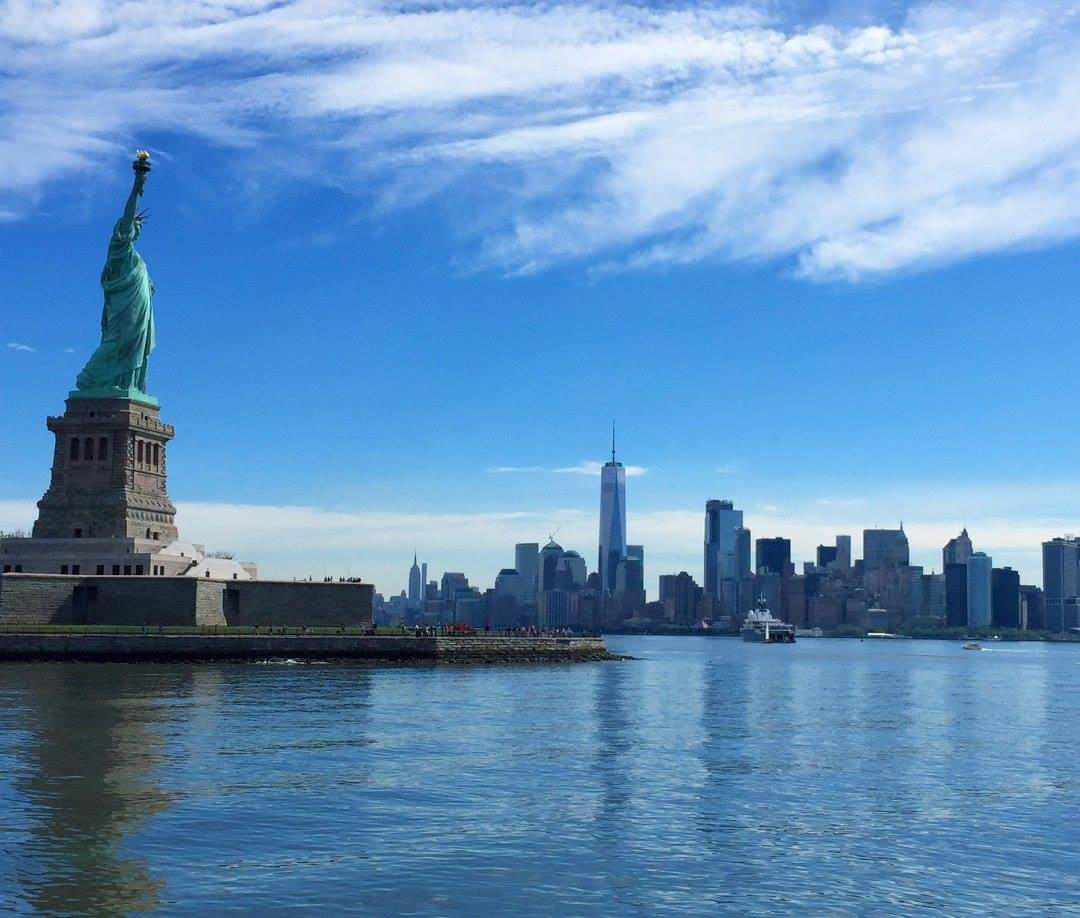
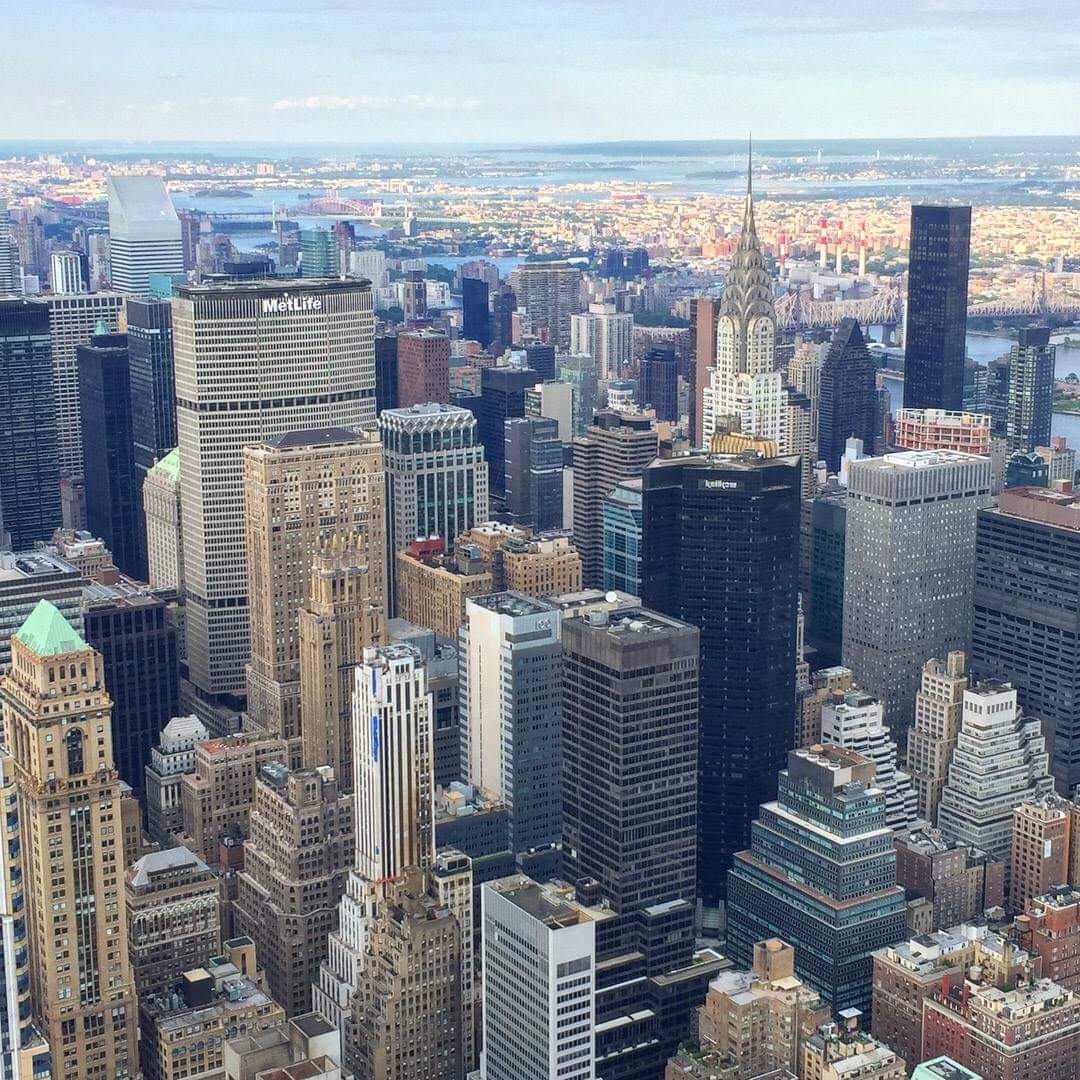
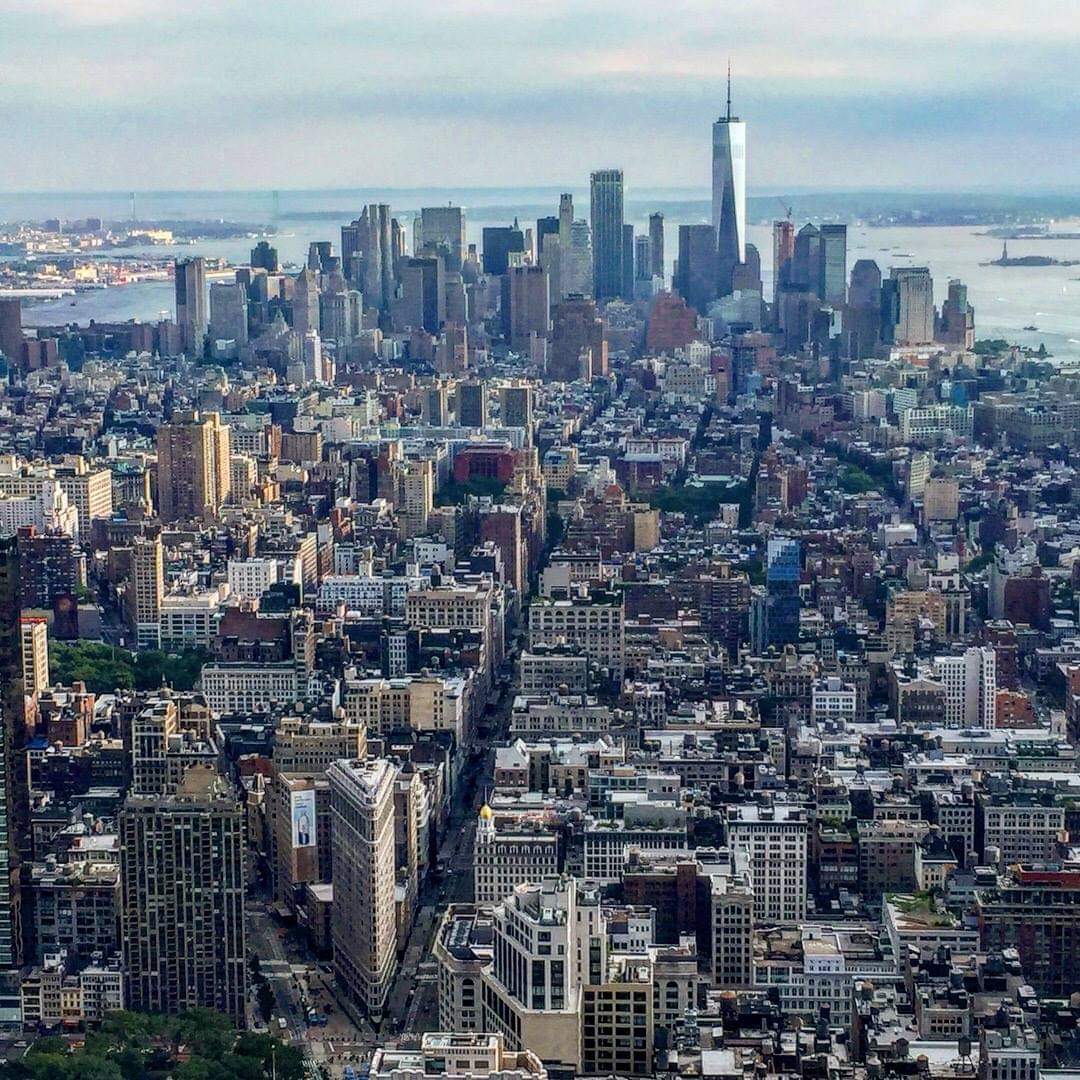
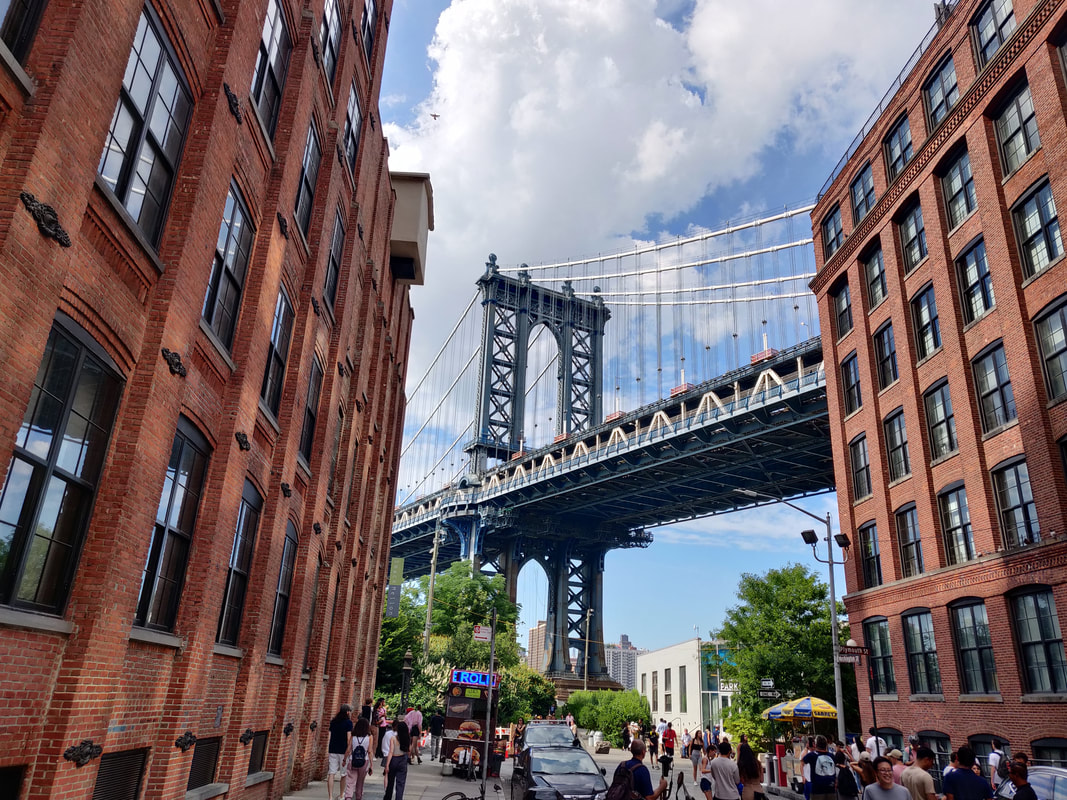
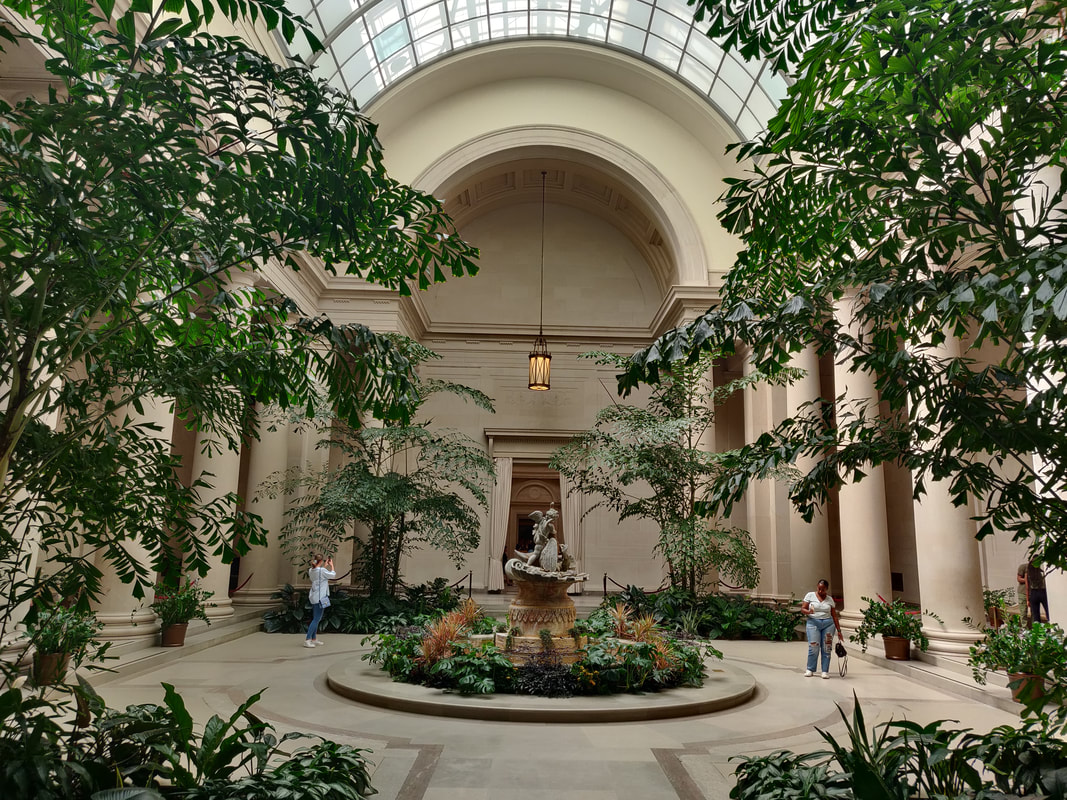
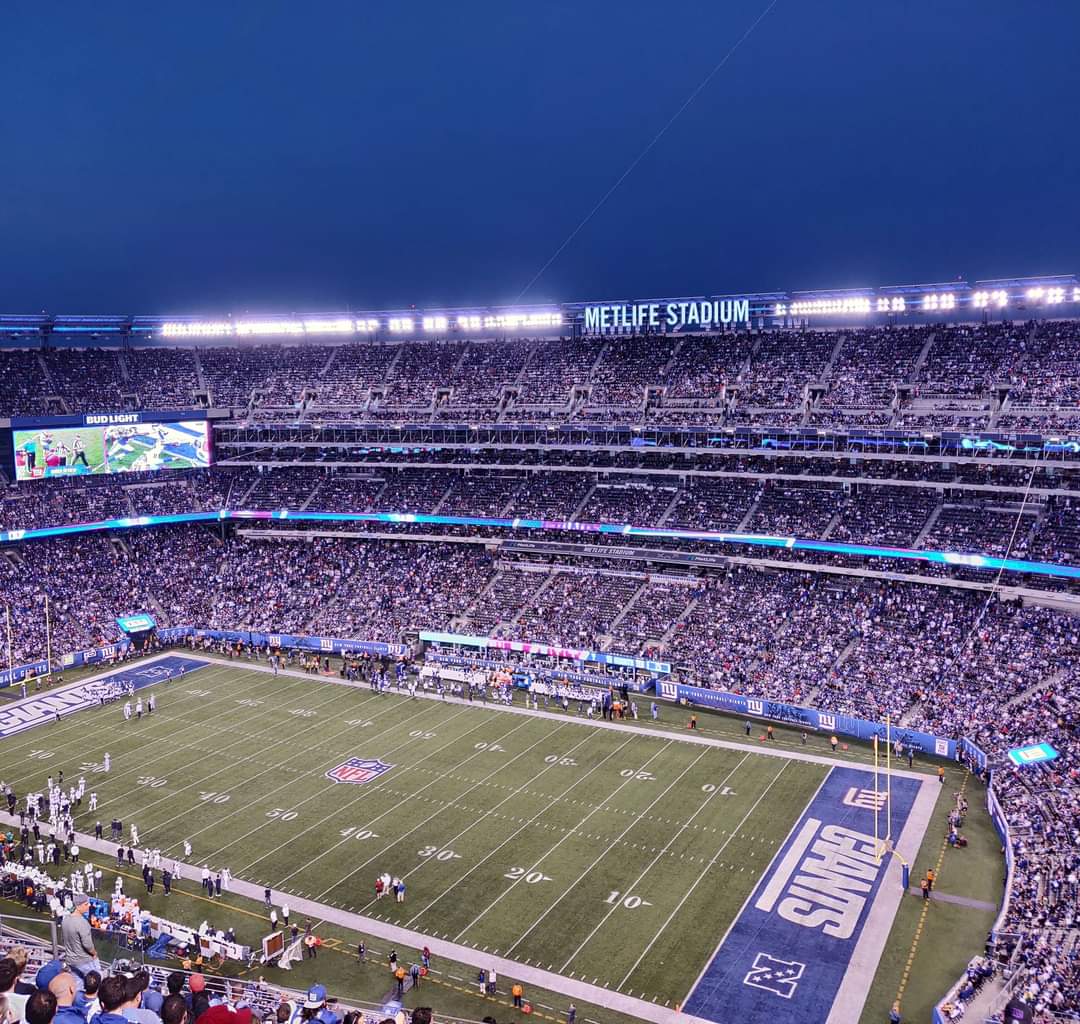
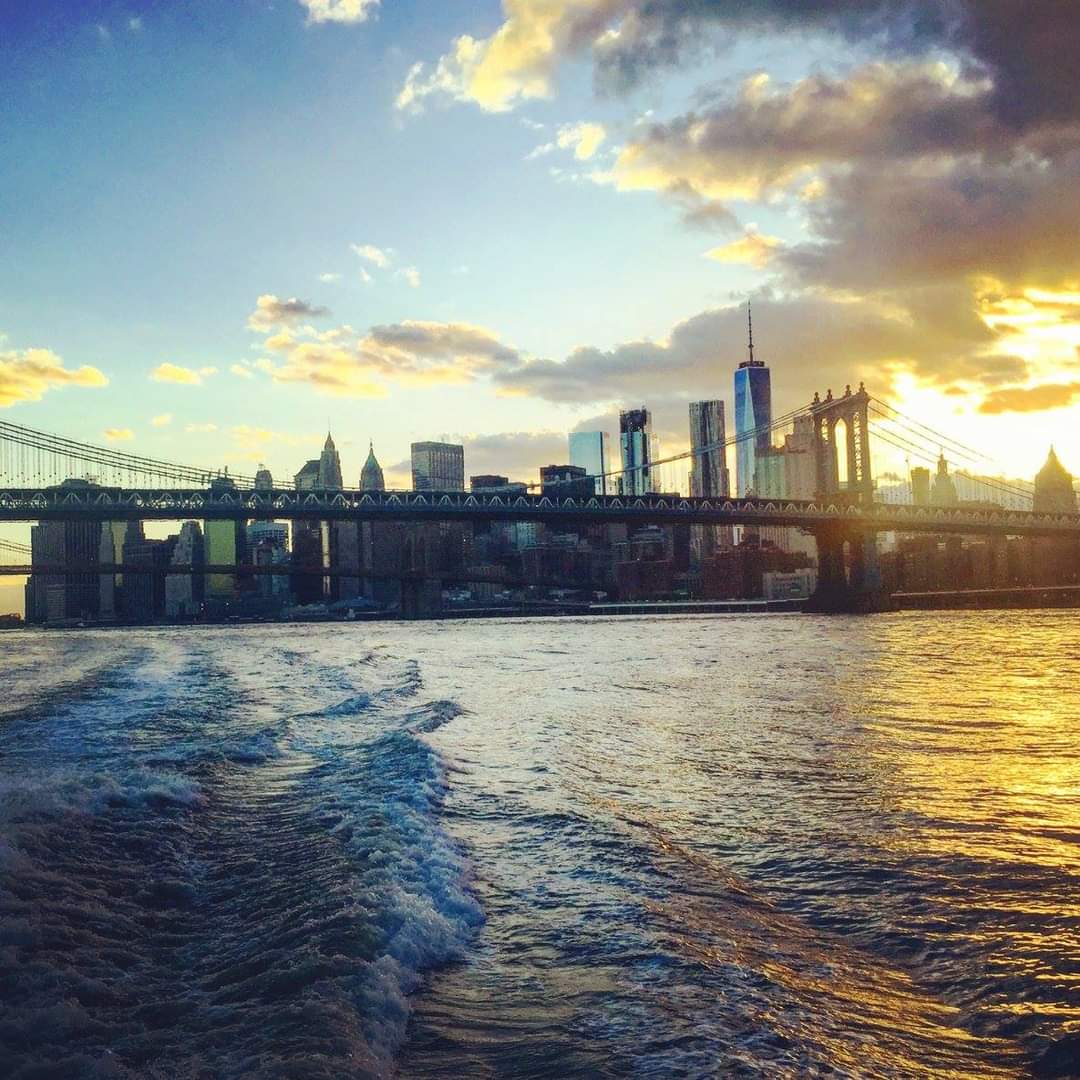
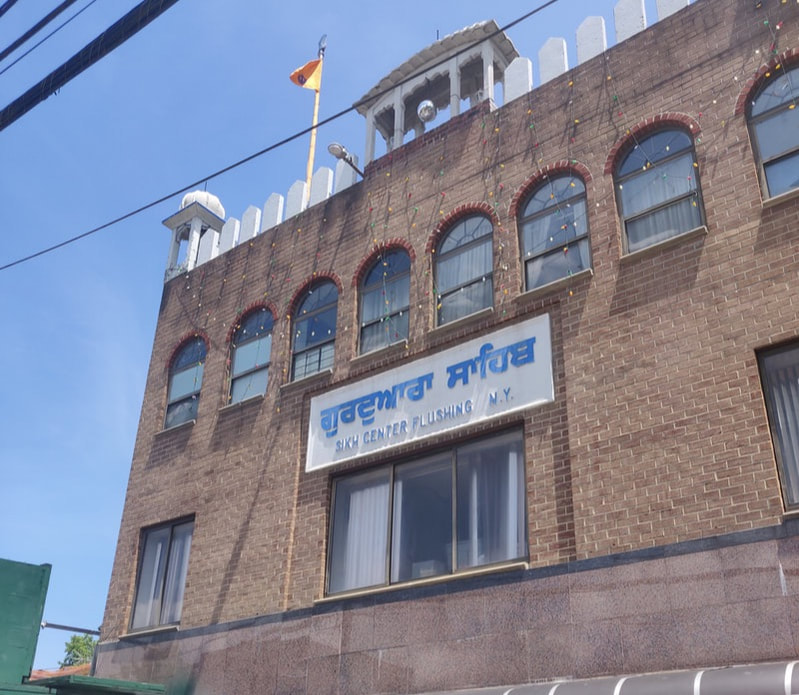
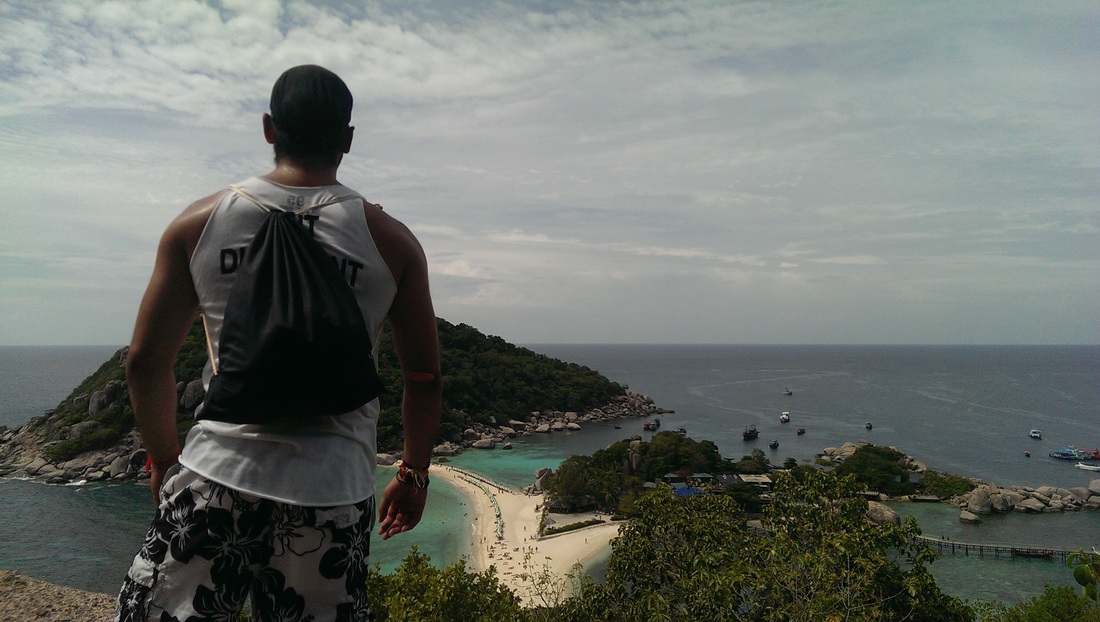
 RSS Feed
RSS Feed